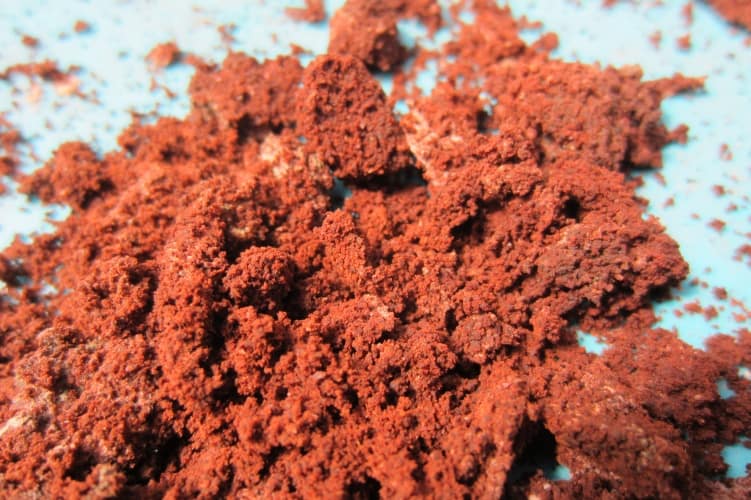
The method, described in the journal Nanotechnology, involves soaking used coffee grounds in sodium hydroxide and heating to 700-900 °C in a furnace. This produces a stable carbon capture material in under a day, which the researchers claim is substantially less than other more costly and complex carbon capture materials.
“The big thing is we are decreasing the fabrication time and we are using cheap materials,” said Christian Kemp, an author of the paper now based at Pohang University of Science and Technology, Korea. “The waste material is free compared to all the metals and expensive organic chemicals needed in other processes - in my opinion this is a far easier way to go.”
Although methane accounts for just nine per cent of global greenhouse emissions, it traps up to 100 times more heat than carbon dioxide. Removing it from the atmosphere can actually have a double environmental impact, as it can later be used as a fuel with lower emissions than some other fossil fuels.
Kemp claims he was inspired with the idea while drinking coffee with his friends. Noting the absorbency of the coffee grounds, he wondered if he could transform the waste product into a low-cost storage material for methane.
“It seems when we add the sodium hydroxide to form the activated carbon it absorbs everything,” said Kemp. “We were able to take away one step in the normal activation process - the filtering and washing - because the coffee is such a brilliant absorbent.”
The research also demonstrates that the technique is suitable for storing hydrogen at cryogenic temperatures, and the viability of the process at less extreme temperatures is being explored.




Poll: Should the UK’s railways be renationalised?
If only the track is nationalised then it is an emasculated one with limited function and improvements will be focused on existing commuter and large...